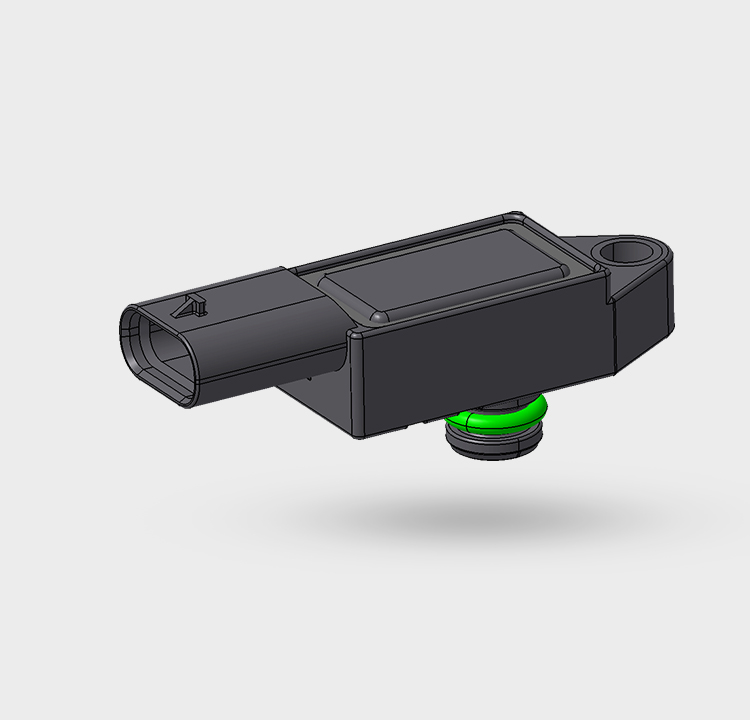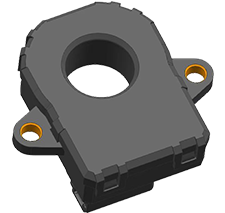Relative pressure output /Derived from a MEMs based sensing element
Performance and customer interface compatible with Bosch TMAP
Single chip solution ,SMT for EMA fabrication process
laser marking for better traceability
Different pressure ranges are available on customer request
Check the pressure between the piston ring and the cylinder block in the crankcase. Prevent oil deterioration, prevent crankshaft oil seal and crankcase gasket from leaking, and prevent various oil vapors from polluting the atmosphere.
Piston ring leakage gas (combustion gas composition, which enters the crankcase through the piston) generated during fuel combustion shall not be discharged into the air under uncontrolled conditions. Therefore, on the one hand, the crankcase ventilation device is used to re-introduce such gas into the combustion device, on the other hand, it is responsible for controlling the negative pressure in the crankcase.
Measure the pressure difference between the pressure in the crankcase and the atmospheric pressure and send it to the engine control unit in the form of a signal. The engine control unit uses this signal to identify whether the crankcase ventilation device is leaking.
Customized to customer choice of connection system.
Custom packaging can be provided to meet any need, please contact KESENS Engineering for details.















